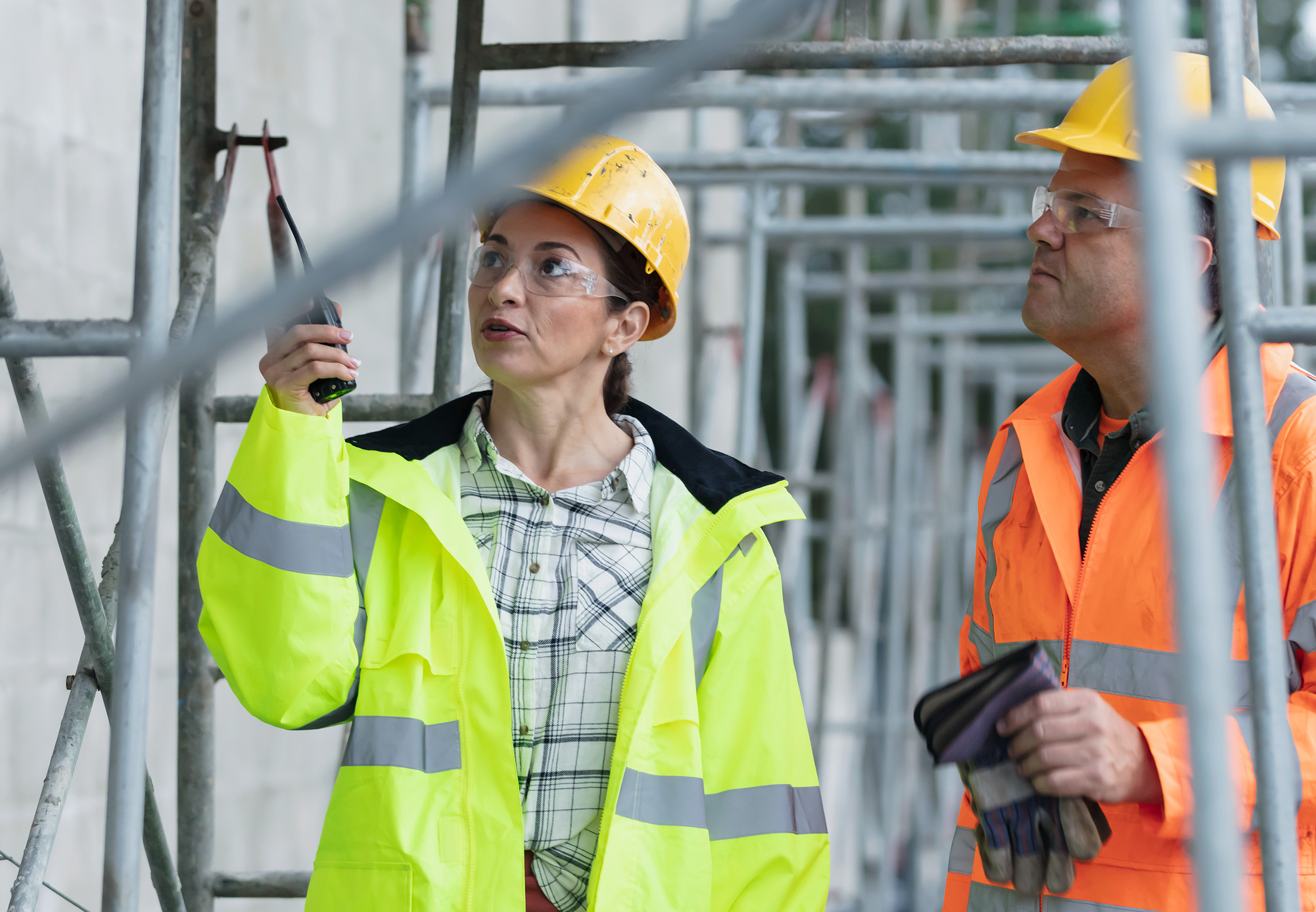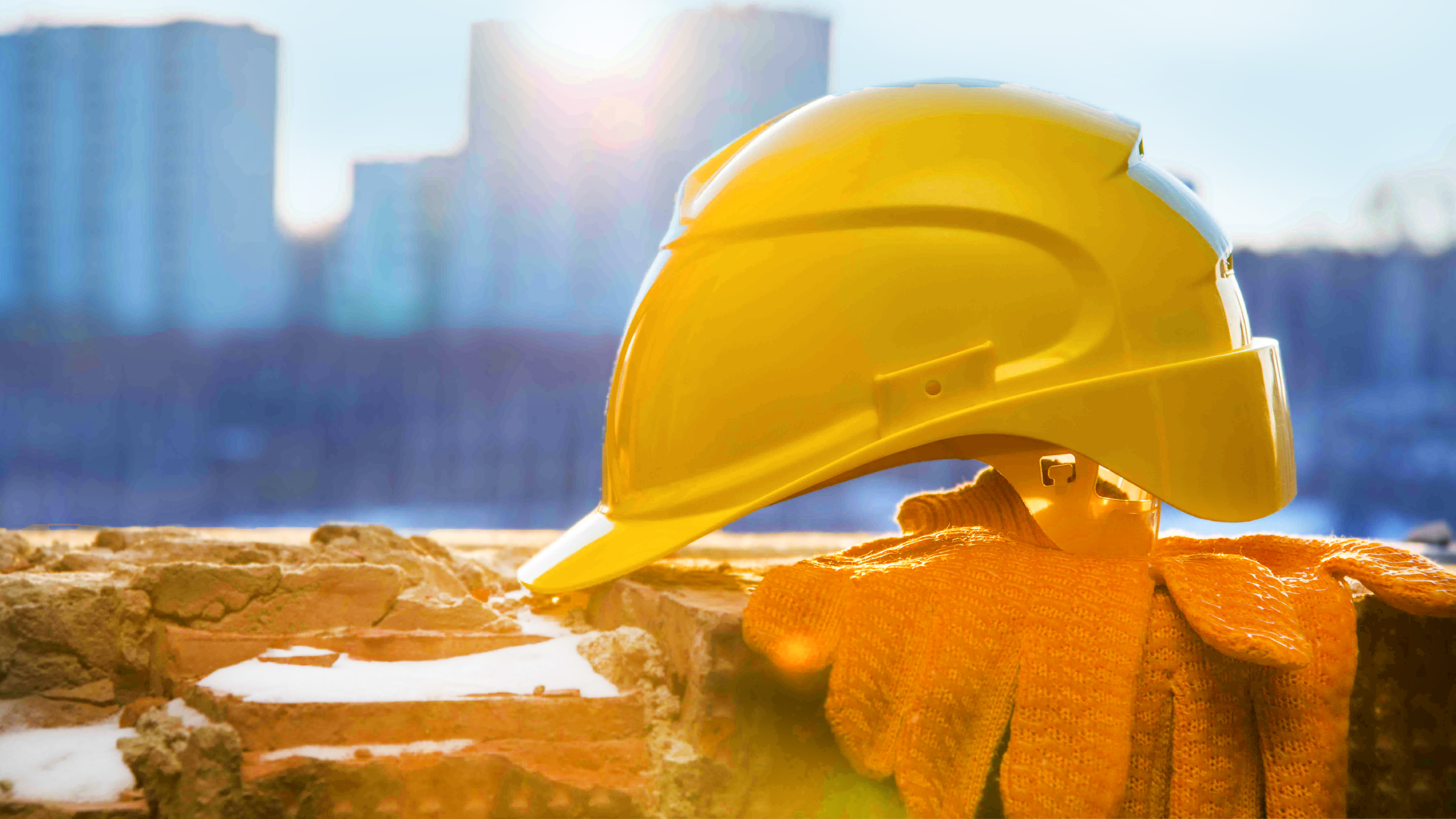
Work Site Scaffolding Safety
By Alliant
Listen to the Audio Version:
The majority of scaffold accidents on construction sites are caused by falls, slipping or being struck by an object from above. However, these accidents can be prevented by taking the proper precautions. Here’s how.
General Safety Tips
- To prevent slipping hazards, conduct a daily routine inspection to ensure that all walking and working surfaces are free from potential hazards. If you spot a hazard, remove it.
- Never move, dismantle or alter a scaffold unless under the supervision of a competent person who is qualified in scaffold erection, moving, dismantling or alteration.
- Unless allowed by regulatory specifications, never move a scaffold with employees still on it.
- Keep scaffold loads below their rated maximum capacity and remove equipment when the scaffold is not in use.
- Be alert for bad weather. High winds, driving rain and snow can be dangerous when working at high levels.
Protection for Those Below
- Always hoist up heavy tools, equipment and supplies with adequate means, rather than carrying up by hand.
- There must be a minimum 3½” high toe board to prevent items falling off a scaffold. If items on the scaffold are taller than 3½” (above the toe board), other systems, like debris nets, must be used to catch falling tools or materials.
- Always wear a hard hat when working on and around a scaffold.
- Never walk under or near the scaffold if it is roped off when work is being performed above.
Fall Protection Basics
To help protect employees against potential falls, fall protection is needed when working on scaffolding at heights of ten feet or more above a lower level (or 7.5 feet in California), and typically consists of either a personal fall arrest system or guardrail systems, depending on the job. If using a fall arrest system, consider:
- Always attach lanyards to a vertical lifeline, horizontal lifeline or scaffold structural member that is specifically designed or engineered for fall arrest use.
- If using a vertical lifeline, make sure that employees are fastened to a fixed safe point of anchorage, independent of the scaffold. This includes structural members of buildings, but not standpipes, vents, electrical conduits, etc. They may give way under the force of a fall.
- Clean and test gear regularly, and never tamper with the fall protection system.
When working on scaffolding, make employee safety the top priority!
Contact your Alliant producer to help your business prepare for the unexpected by implementing work site safety. Visit Alliant Safety & Loss Control for more information.
Alliant note and disclaimer: This document is designed to provide general information and guidance. Please note that prior to implementation your legal counsel should review all details or policy information. Alliant Insurance Services does not provide legal advice or legal opinions. If a legal opinion is needed, please seek the services of your own legal advisor or ask Alliant Insurance Services for a referral. This document is provided on an “as is” basis without any warranty of any kind. Alliant Insurance Services disclaims any liability for any loss or damage from reliance on this document.




